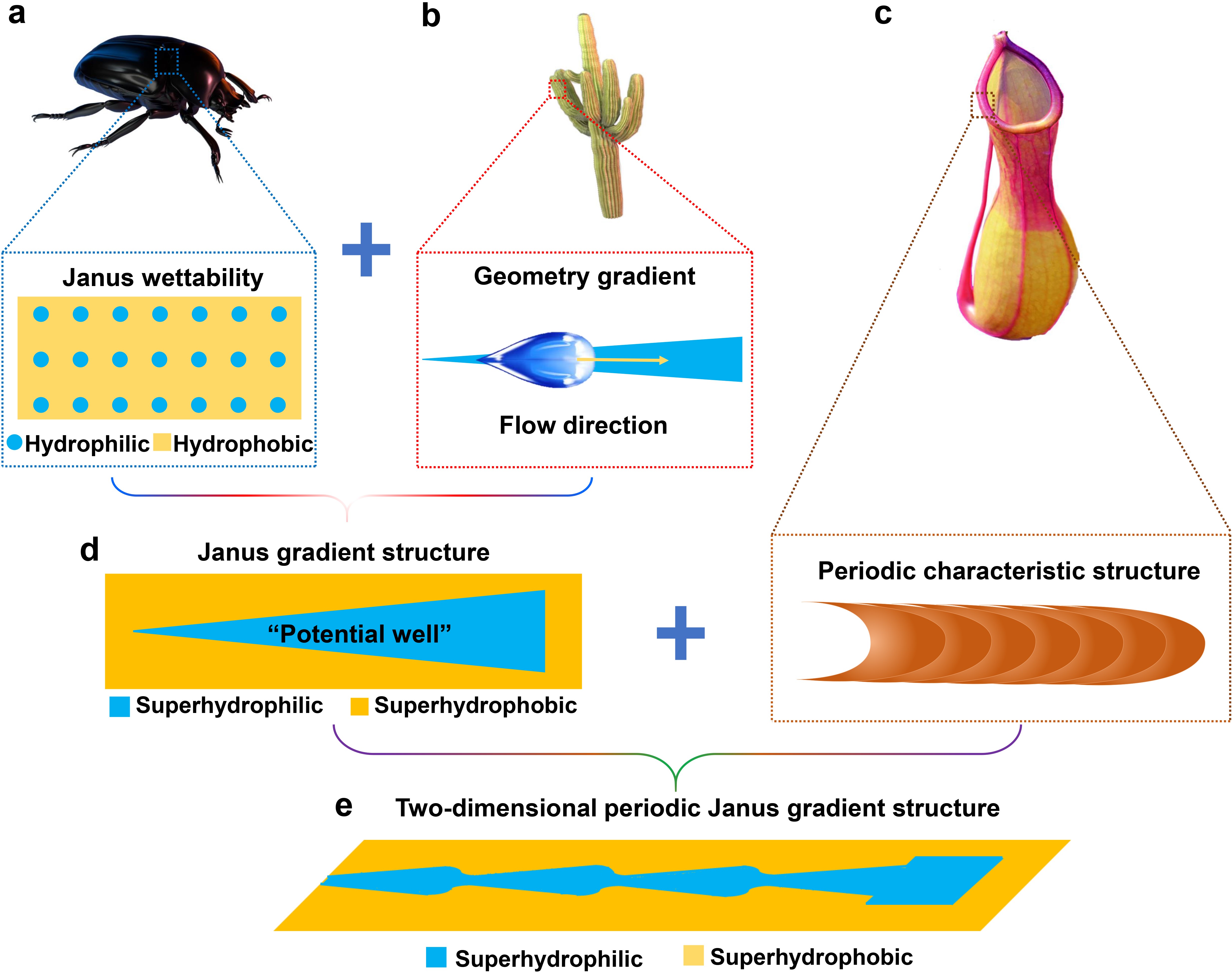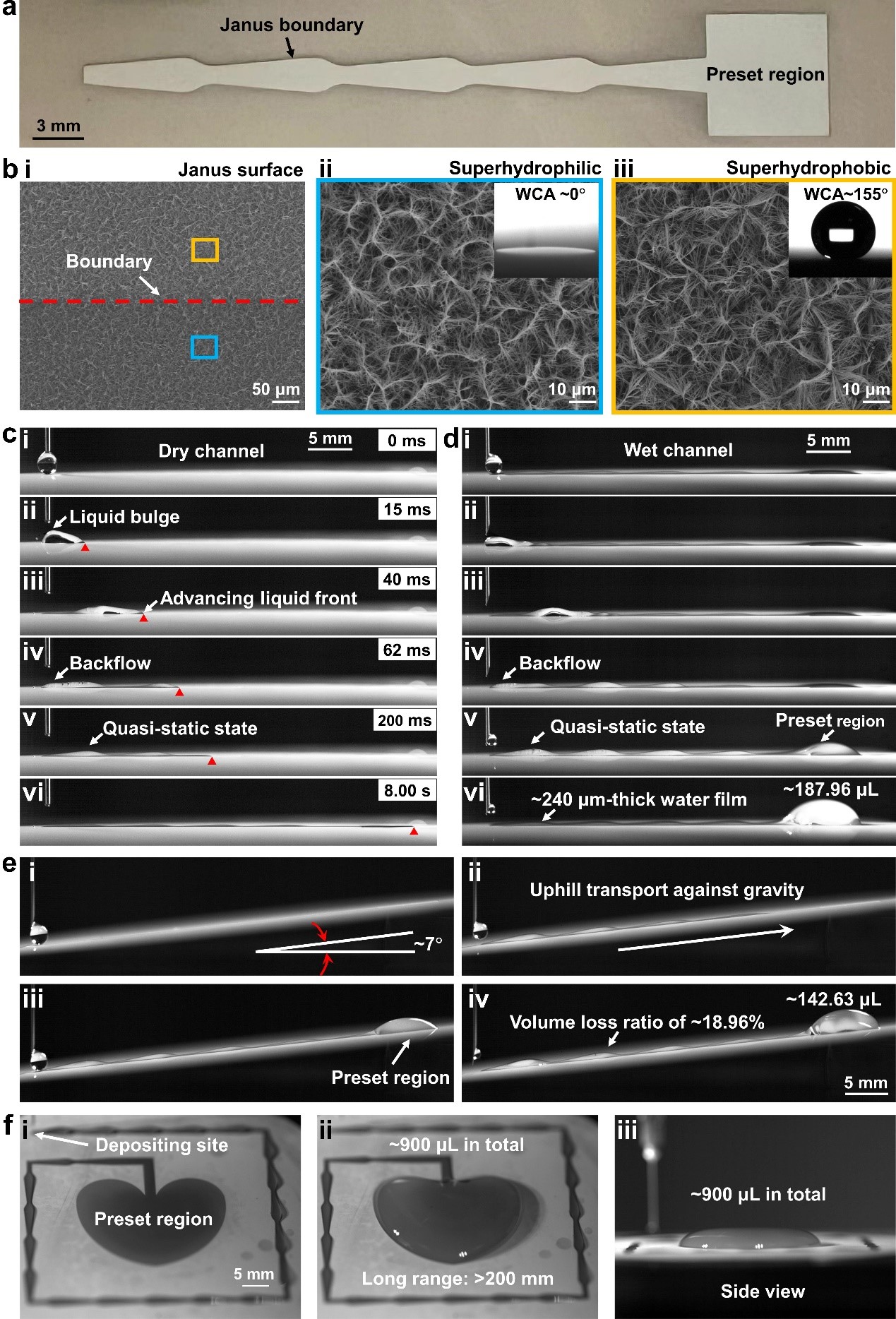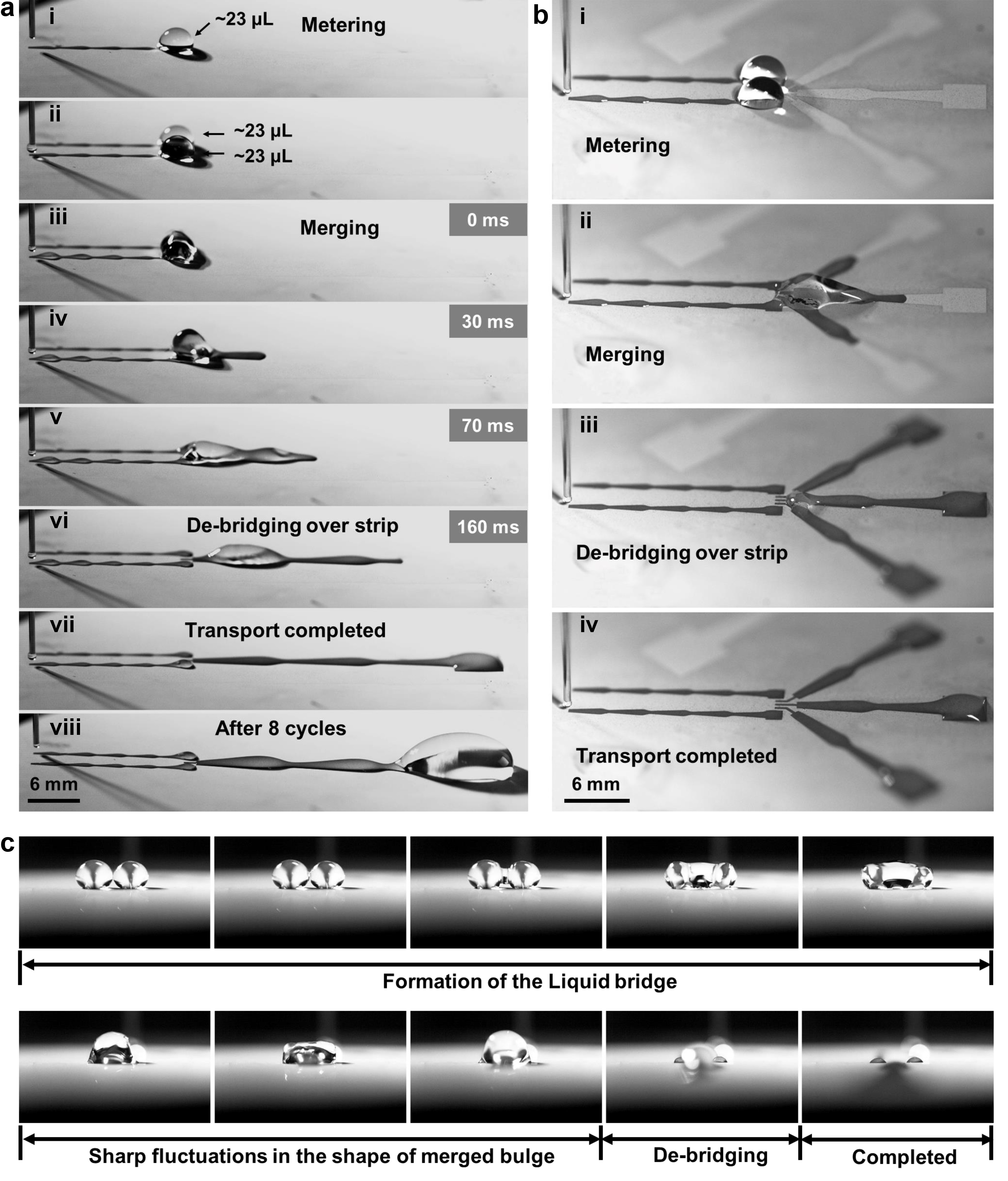- Home
- About Us
- Students
- Academics
-
Faculty
- Electrical Engineering
- Automation
- Computer Science & Engineering
- Electronic Engineering
- Instrument Science and Engineering
- Micro-Nano Electronics
- School of Software
- Academy of Information Technology and Electrical Engineering
- School of Cyber Security
- Electrical and Electronic Experimental Teaching Center
- Center for Advanced Electronic Materials and Devices
- Cooperative Medianet Innovation Center
- Alumni
-
Positions
-
Forum
News
- · Shanghai Jiao Tong University professors Lian Yong and Wang Guoxing's team have made remarkable progress in the field of high-efficiency pulse neural network accelerator chips.
- · AI + Urban Science research by AI Institute was selected as cover story in Nature Computational Science!
- · The first time in Asia! IPADS's Microkernel Operating System Research Wins the Best Paper Award at SOSP 2023
- · Delegation from the Institution of Engineering and Technology Visits the School of Electronic Information and Electrical Engineering for Journal Collaboration
- · Associate professor Liangjun Lu and research fellow Jiangbing Du from Shanghai Jiao Tong University made important advancements on large capacity and low power consumption data transmission
Professor Ding Guifu proposes high-performance water transport system for ultrafast, long-range, and low-loss liquid directional transportation
Recently, Ding Guifu's group from Shanghai Jiao Tong University MEMS Multi-compatible Integrated Manufacturing Technology team has published a cover paper titled "High performance directional water transport using a two-dimensional periodic Janus gradient structure" in Small Methods (IF=15.367). This work creates a 2D periodic Janus gradient structure by resorting to the superiorities of several biont characters, and demonstrates a long-range, ultrafast and directional water propel approach with ultralow volume loss, overcoming the limitations in achieving an overall improvement in both transport distance and velocity aspects. This strategy provides an insightful pathway in realizing high-performance water manipulation, which will inspire for the development of various applications in microfluidics, on-chip chemical synthesis, water collection, drug test-bed, etc. Xie Dongdong (doctoral student) and Dr. Zhang Bao Yue are the first authors and Professor Ding Guifu is the corresponding author.
The directional transport of droplets plays an indispensable role in a range of fields, such as physics, chemistry, and biomedicine. Nature organisms have always provided us with fantastic inspiration for manipulating droplets. For example, the desert beetle’s back with heterogeneous wettability effectively facilitating water collection; the cactus spines with asymmetric topological structures propel the water droplets to move from the tip to the root; the Nepenthes alata’s peristome with periodic microcavities enables a continuous directional liquid transport. Drawing inspirations, recent efforts have been devoted to the development of functional surfaces with wettability and/or topography gradient to achieve high-performance directional transport of droplets in velocity or distance aspects. However, the concurrent high-velocity, long-range, and energy consumption-free water transport are rarely achieved, and yet to be fully explored so far.
Being inspired by the superiorities of several biont characters of the Janus wettability surface of the desert beetle back, geometry gradient structure of the cactus spine, and periodical microcavity of Nepenthes alate, Ding and co-workers have developed a 2D periodic Janus gradient structure (PJGS) which can overcome the limits of high transport resistance and high liquid loss in many 3D water transport systems, as well as short transport range in current 2D-like structures. This work demonstrates a long-range, ultrafast and directional water propel approach with an averaged velocity of over 400 mm/s and a maximum normalized transport distance (transport length/droplet diameter ) of 23.4 for a 3 μL droplet, as well as an ultralow volume loss of ~6.02% upon high-flux water transport, which is superior to the majority of the wettability- or geometry gradient-based reports.

Figure 1 Bioinspired 2D periodic Janus gradient structure.

Figure 2 Directional transport of water droplets on a PJGS.
PJGS can effectively regulate the fluid directed dynamics in its confined pattern through the manipulation of confinement effect. The super-contrast wettability of the PJGS promotes the rapid release of droplet surface energy converting into kinetic energy, and thus imparts a high initial velocity of subsequent transport, which contributes to the rapid formation of an aqueous film. Once the aqueous film is formed, the solid-liquid interaction is instantly transformed into liquid-liquid interaction, enabling the subsequent water transport almost without energy loss, which is followed by the long-range and ultrafast sliding of water over that film. In particular, the terminal potential well has a boundary pinning effect on the liquid, which can prevent the growing liquid bulge from spreading toward the flow channel, which imparts PJGS with ultralow volume loss.

Figure 3 Underlying mechanism for high-performance water transport on PJGS.
Based on PJGS high-performance liquid directional transport, a model system integrating droplet metering, merging, splitting and rapid transport was developed, which can complete complex microfluidic tasks on open surfaces.
Underlying the high-performance water transport enabled by PJGS, two model systems were developed to complete complex microfluidic tasks on open surfaces, illustrating the feasibility in the practical applications.

Figure 4 Complex tasks on an open surface.
This work was supported by Shanghai Micro-Nano Integrated Manufacturing Technology Platform (20DZ2291300).
Reference: https://onlinelibrary.wiley.com/doi/10.1002/smtd.202200812
-
Students
-
Faculty/Staff
-
Alumni
-
Vistors
-
Quick Links
